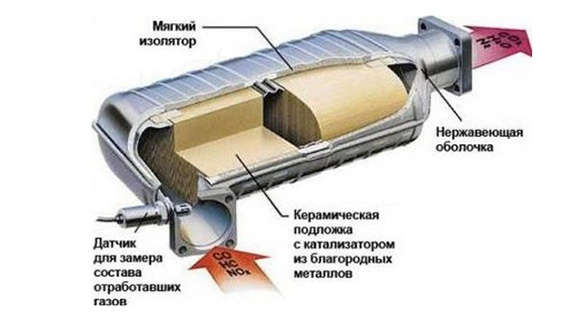
What is a catalyst in a car?
This part cannot be seen with the naked eye, but its function in the engine is very important.
Vehicles work thanks to the work of many elements, and each of them has a high degree of importance, so we must always carry out preventive maintenance to ensure their proper functioning.
There are parts in the car that are not visible to the naked eye, but which perform a vital function and the catalyst is one of them. For many drivers, driving a car with a converter catalytic failure is not a cause for concern. However, over time, a clogged converter can cause serious engine damage.
If catalytic converter o Catalyst clogged, it can overheat and fail due to excessive amounts of unburned fuel entering the exhaust system.
These faults are engine related. has one or more dirty spark plugs and leaky exhaust valves.
When the unburned fuel reaches the converter, the temperature begins to rise. ceramic substrate or the mass of material supporting the transducer Can be canceled and blocked partially or completely gas flow.
Therefore, if your catalytic converter is saturated, you should not only fix the exhaust system, but also check why your car is leaking raw gasoline.
What is a catalyst in a car?
El catalytic converter It is a component of the reciprocating internal combustion engine and the Wankel internal combustion engine, which serves to control and reduce the harmful gases emitted by the internal combustion engine.
It consists of a ceramic grid of longitudinal channels coated with materials such as platinum, rhodium and palladium, located in the exhaust in front of the muffler.
The catalytic converter is one of the most important components for controlling pollutant gas emissions from combustion in engines.
How does it work?
There are various types of catalytic converters, but modern cars are equipped with three-way catalytic converters, which belong to the three classes of pollutant gases that need to be reduced (CO, HC and NOX). The converter uses two types of catalysts, one for reduction and one for oxidation. Both consist of a ceramic structure plated with a metal, usually platinum, rhodium and palladium. The main idea was to create a structure that exposes the catalyst surface as much as possible against the flow of exhaust gases, and also minimizes the amount of catalyst needed, since it is very expensive.
